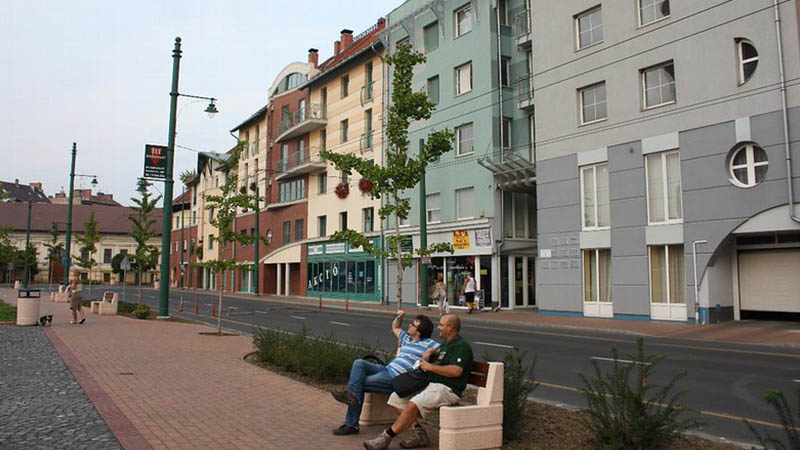The city of Szeged in Hungary has recently enhanced its geothermal heating capacity by completing a new geothermal heating system in the Sziler district. This initiative results in a significant reduction in the city’s reliance on natural gas, displacing over 2.2 million cubic meters annually and thereby reducing Szeged’s greenhouse gas emissions by 4,482 tons of CO2 per year.
Announced by the Hungarian Ministry of Construction and Transport, the project required a budget of HUF 2.354 billion (approximately EUR 6 million). Furthermore, the new heating system has the capability to serve additional heating districts via existing transmission lines.
This latest project in the Sziler district further extends Szeged’s geothermal district heating network. Previously, Szegedi Távfutö Kft burned 27 million cubic meters of gas annually, resulting in 550,000 tons of CO2 emissions each year, making it the city’s primary source of air pollution.


